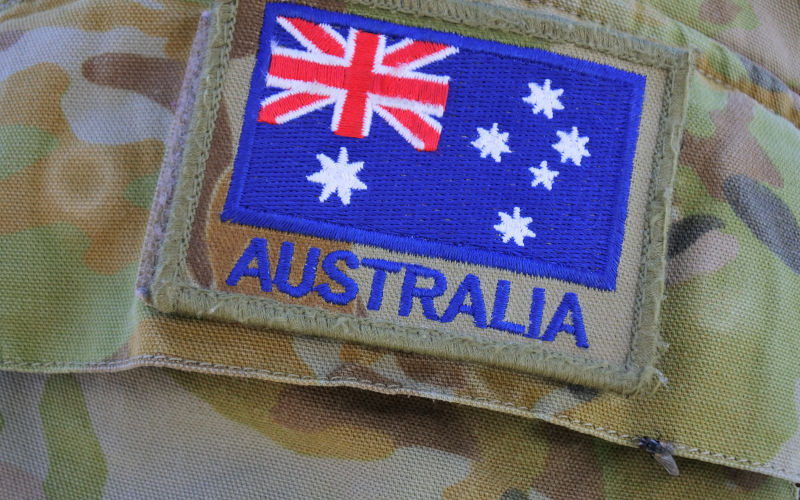How were Indigenous warriors who did wear 'the uniform' treated?
June 24, 2023
While there are some such as Major General Melick - concerned about not depicting warriors in the Frontier Wars, because they didnt wear a uniform, in the Australian War Memorial, it is worth remembering how appalling the treatment of Indigenous veterans who did wear the uniform over the last century or so were treated.
These days the great William Cooper is often remembered for his visit to the German Consulate to present a petition protesting about Nazi treatment of German Jews, as well as his long fight for Indigenous rights. His early calls for Indigenous representation to Parliament are a precursor of the current Voice campaign.
But there is more to his familys story.
A friend, son of a Dunera boy, who has broadcast on his radio show about the Cooper visit recently told the blog about a visit to Shepparton where he saw the memorial to Cooper and another memorial plaque erected by the Greater Shepparton City Council, Yorta Yorta National Aboriginal Corporation, the Rumbulara Cooperative and the Shepparton RSL.
This plaque is a statement about Australian prejudice, commitment to erasing slabs of our history and a belated recognition of the contribution of Indigenous warriors to our wars against others.
The memorial commemorates Daniel Cooper, son of William Cooper and Agnes Cooper who was killed in action on Thursday 20 September 1917 during the battle of Menin Road in Belgium. He was 21 years old.
It also recognises the contribution of Indigenous servicemen and women from the time of the Boer War to the present day.
It points out that at the start of WWI when young men were flocking to enlist the 1903 Australian Defence Act forbade Indigenous people from representing Australia in war. Quite a few slipped through because they were light-skinned.
But in October 1917, when the Government was desperate for more troops, a new Military Order was proclaimed saying: half-castes may be enlisted in the Australian Imperial Force provided that the examining Medical Officers are satisfied that one of the parents is of European origin.
The enlistment records didnt include cultural identity but it is estimated that between 800 and 1000 Aboriginal and Torres Strait Islanders served. The true figure will never be known and joins the great Australian silences on Indigenous history.
The memorial records that about 100 men from Cummeragunja (Coopers country) alone enlisted and records of their service are contained in the Victorian Aboriginal WWI Service Research project.
The Indigenous servicemen got equal pay and were generally accepted without prejudice.
But the story was different when they returned to Australia where they were excluded from Soldier Settler Land Grants; denied membership of returned servicemens clubs and local pubs; and their names were not included on memorials.
The same story was repeated after WWII. More than 3,000 Aboriginal and Torres Strait Islanders men and women served in WWII but all but one - were again denied Soldier Settlement blocks often including parcels of their own land which were allocated to other returned servicemen.
Unlike WWI, demonstrating that Australia can always go backwards given the chance, Indigenous troops were paid roughly half the pay of other soldiers and only after decades of protests was back pay awarded in the 1980s.
Full citizenship rights continued to be denied Indigenous Australians including these veterans.
The plaque says: Since that time, Aboriginal and Torres Strait Islander Australians have served in the Korean War, the Malaya Emergency, Borneo, Vietnam and Afghanistan and continue to serve in the regular and reserve forces. More than 800 now serve with distinction in the Australian Defence Forces.
To its credit the Australian War Memorial has been trying to identify Indigenous veterans of these wars and record their names, and the number currently serving is probably treble the plaques estimation.
The plaque also contains a message from Mick Dodson. If you fight for your country, it owes you equality. If you can fight for freedom, you should be entitled to that freedom too.
Indigenous warriors defended their country from 1788 onwards. They fought against overwhelming odds. They faced massacres and genocidal attacks. They were still fighting in the first half of the 20th century against police troops, armed squatters and other armed forces.
Indeed, they have been defending their country for more than two centuries. Its time their bravery was recognised where it should be in the Australian War Memorial.

